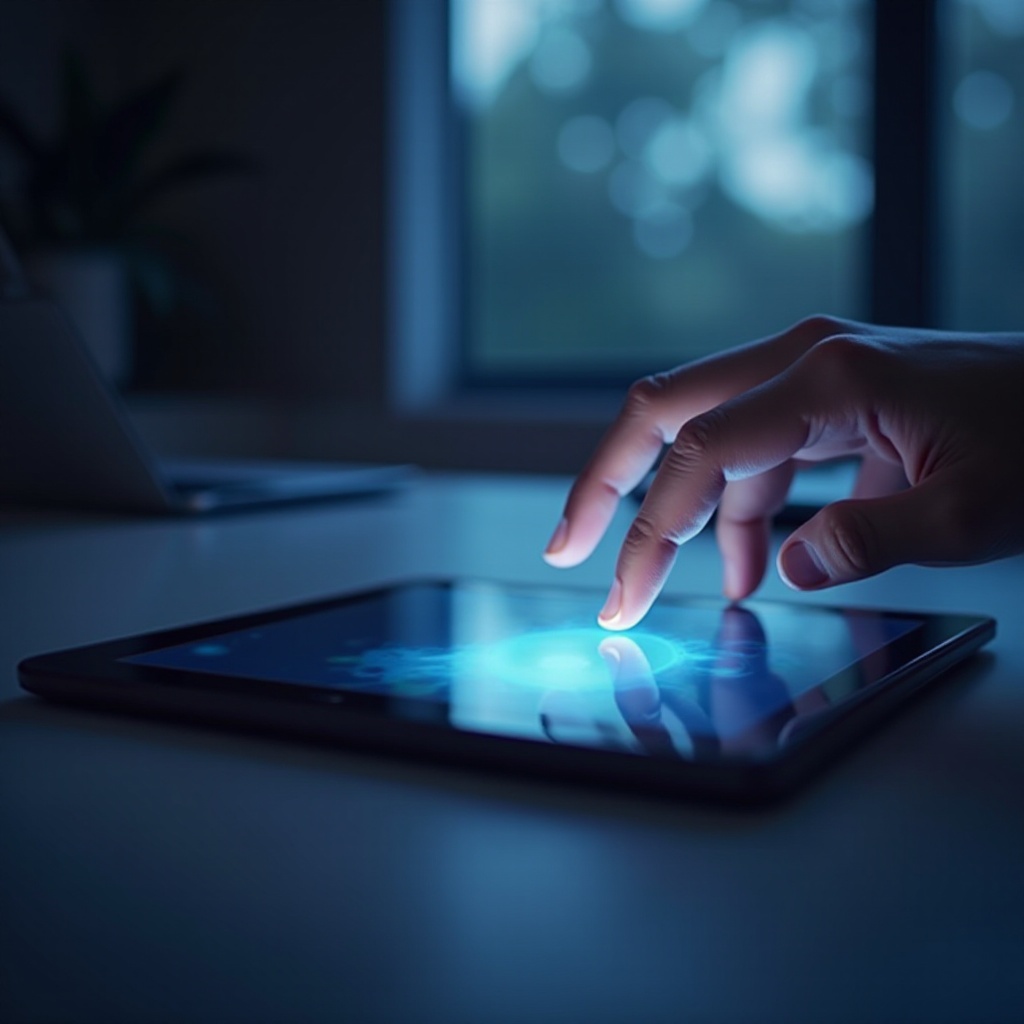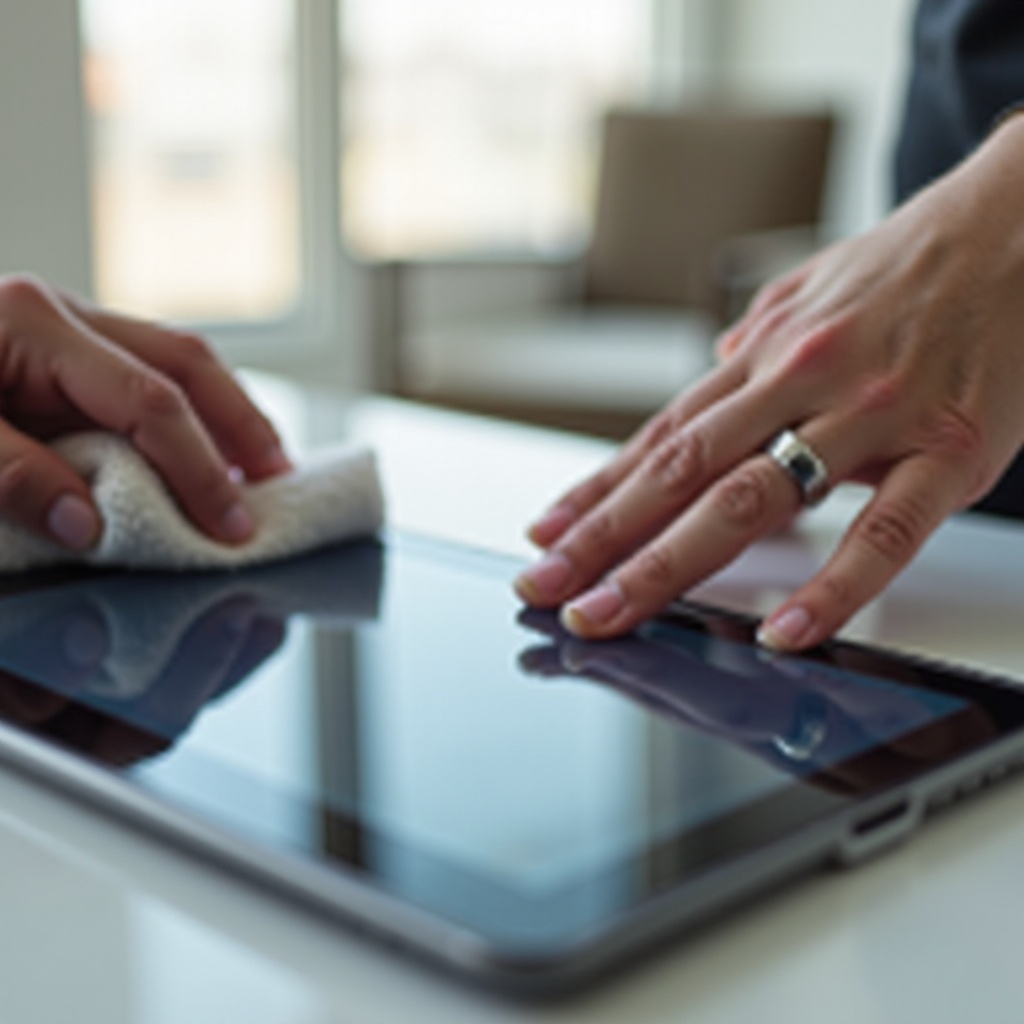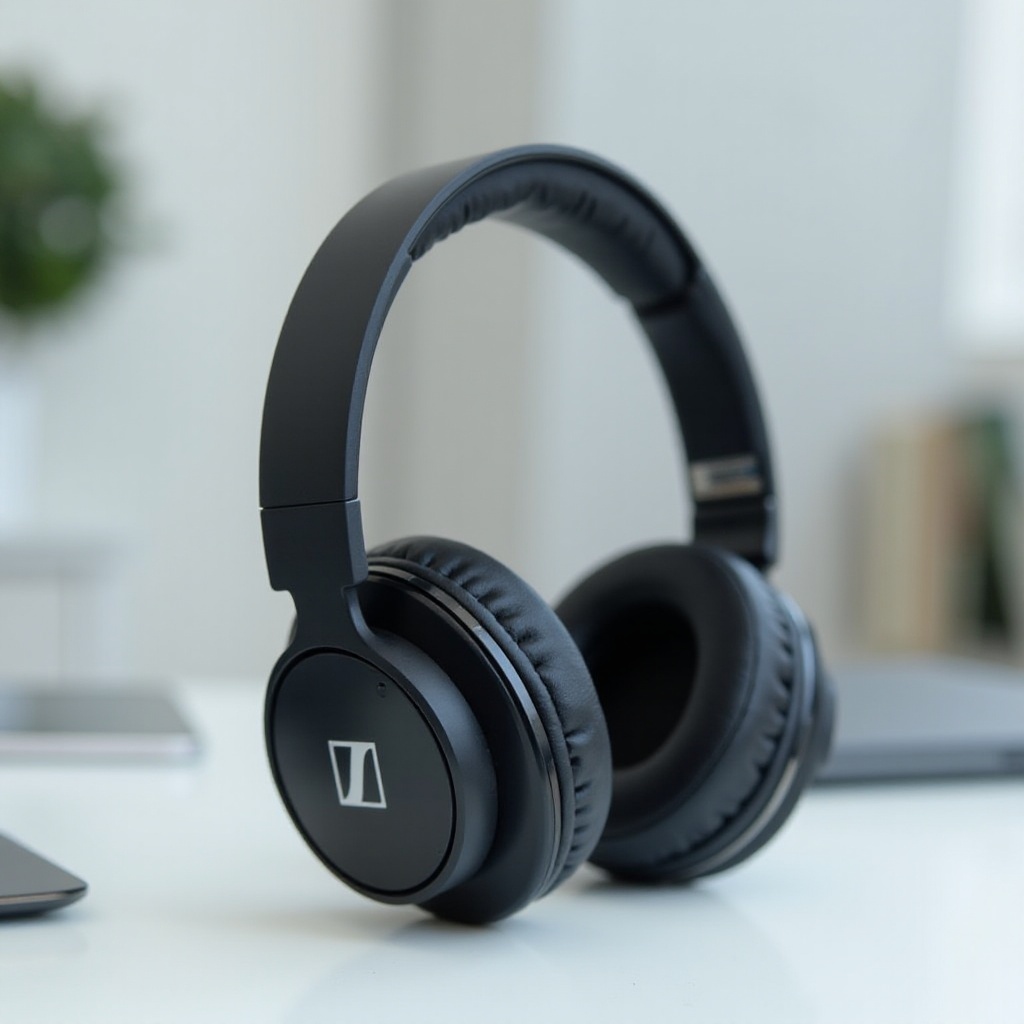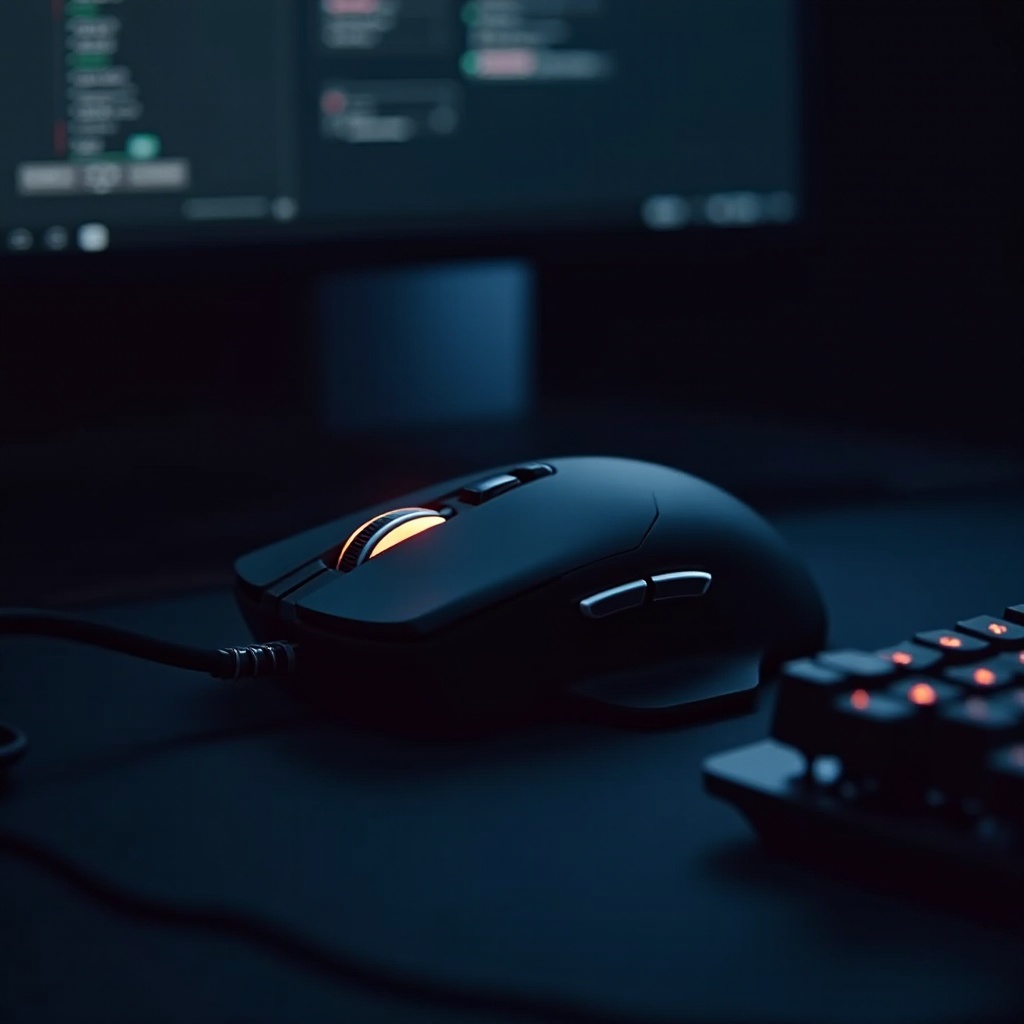Introduction
Experiencing touch screen issues with your Samsung Galaxy Tab can be frustrating. These devices are known for their advanced technology and sleek design. However, even cutting-edge gadgets can encounter problems. Whether the screen becomes unresponsive intermittently or completely stops working, understanding the root cause is crucial. In this guide, we will explore common reasons behind these issues, provide immediate solutions, and suggest when to consult a professional. By the end of this extensive guide, you’ll have the tools to tackle the touch screen malfunctions on your Samsung Galaxy Tab confidently.

Common Causes of Samsung Galaxy Tab Touch Screen Issues
Before diving into solutions, it’s essential to comprehend what might be causing the problem. Touch screen issues can arise from a variety of factors, each influencing the device differently.
Physical and Environmental Factors
External elements often interfere with touch screen functionality. Dust, debris, or moisture on the screen can prevent it from responding as it should. Accidental drops or impacts might also damage the screen or internal components, leading to malfunctions. Furthermore, extreme temperatures, whether high or low, can affect the screen’s responsiveness.
Software and Application Glitches
On the software side, outdated or corrupted software can lead to erratic screen behavior. Conflict between apps, or a buggy app update, can also cause the screen to become unresponsive. At times, the system doesn’t allocate enough resources to apps, making the screen lag or freeze.
Understanding these causes sets the stage for applying effective solutions. Armed with this knowledge, let’s explore initial quick fixes to restore function swiftly.
Quick Fixes to Try First
In many cases, minor touch screen issues can be resolved with straightforward troubleshooting steps.
Restart Your Device
Turning the device off and on again can resolve temporary glitches. A restart refreshes system resources and clears minor software bugs that might be affecting the screen’s functionality.
Check Screen Cleanliness and Accessories
Wipe the screen with a soft, lint-free cloth to remove dirt and fingerprints. Ensure no accessories, such as screen protectors or cases, are interfering with touch sensitivity. After ensuring cleanliness and reverting the device to its most basic state, it might be necessary to delve deeper into more advanced solutions.
Connecting the quick fixes, if the issues persist, advanced troubleshooting steps become essential.
Advanced Troubleshooting Steps
If the preliminary solutions haven’t worked, exploring these advanced troubleshooting methods might be necessary.
Update Software and Apps
Ensure your tablet has the latest software version. Software updates often include fixes for known bugs that might be affecting the screen. Similarly, keeping your apps updated is crucial to ensure compatibility with the current operating system.
Clear Cache Partition
Sometimes, system cache gets cluttered, leading to performance issues. By clearing the cache partition, you can potentially enhance your tablet’s responsiveness without losing personal data.
To clear the cache partition:
1. Turn off your device.
2. Press and hold the power and volume up buttons simultaneously.
3. Release them when the Samsung logo appears.
4. Use the volume buttons to navigate to ‘Wipe Cache Partition’ and confirm with the power button.
Boot into Safe Mode to Identify Problematic Apps
Safe Mode disables third-party apps and allows you to check if any of them are causing the problem.
To access Safe Mode:
1. Turn off the device.
2. Turn it back on and hold the volume down button as soon as the Samsung logo appears.
3. Once in Safe Mode, check if the screen responds better.
Investigating these advanced steps helps diagnose more profound issues, ultimately indicating when professional intervention becomes necessary.

When to Seek Professional Help
While many issues can be resolved at home, some scenarios require expert assistance.
Recognizing Hardware Issues
If the touch screen remains unresponsive after applying all software fixes, it could signify a hardware problem. Signs include visible damage, such as cracks, or if the screen malfunctions sporadically.
Finding an Authorized Repair Center
Choose an authorized Samsung service center to ensure that professionals using original parts handle your device. They can accurately diagnose and resolve issues, whether it’s a screen replacement or internal component repair.
While professional help might seem daunting, it can offer lasting solutions to persistent issues. Implementing preventive measures moving forward can minimize future touch screen problems.
Preventative Measures for Maintaining Touch Screen Functionality
Proactively caring for your device can greatly reduce the recurrence of touch screen issues.
Use Protective Accessories
Invest in quality screen protectors and a sturdy case. They provide protection against scratches, falls, and adverse environmental conditions.
Regular Software Maintenance and Updates
Keep your device’s software and apps updated. Regularly uninstall unwanted apps and clear cache to optimize performance.
By implementing these measures, you can extend your device’s longevity and touch performance. As we close this guide, let’s summarize the troubleshooting process.

Conclusion
Maintaining a fully functional touch screen on your Samsung Galaxy Tab requires understanding potential issues and applying the correct solutions. By following this guide, you can methodically diagnose and resolve common problems yourself. However, in cases of persistent issues, don’t hesitate to seek professional help. With preventive care, you can ensure a more seamless experience with your device.
Frequently Asked Questions
Why is my Samsung Galaxy Tab touch screen not responding to touch?
There could be software bugs, dirt on the screen, or hardware damage.
How do I fix an unresponsive touch screen on my Samsung Galaxy Tab?
Try restarting the device, cleaning the screen, updating software, or booting into Safe Mode.
Can software updates fix Samsung Galaxy Tab touch screen issues?
Yes, updates often contain bug fixes that can resolve touch screen problems.


